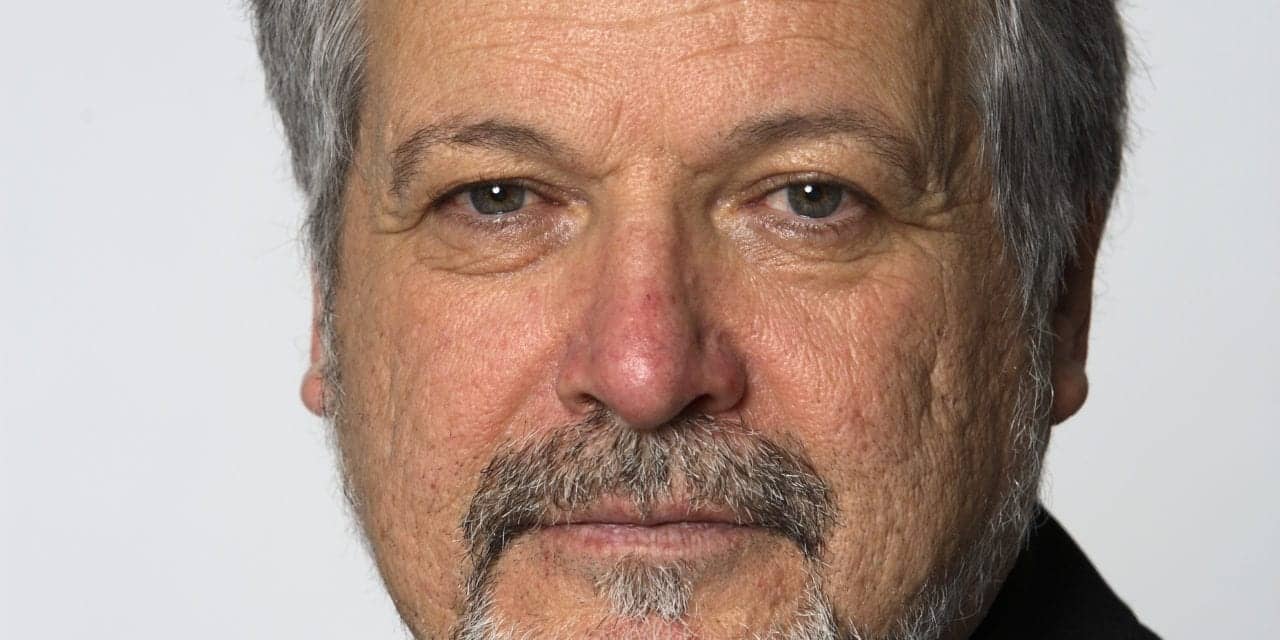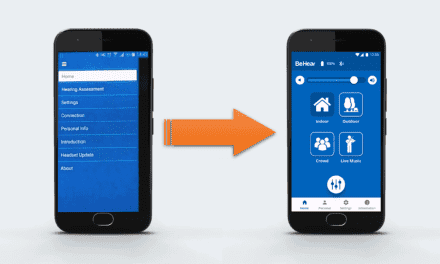Australian researchers believe a self-fitting hearing aid is a cost-effective way to bring relief to the millions of people suffering hearing loss worldwide. The need to develop a self-fitting hearing aid to help manage the hearing loss currently experienced by 360 million people worldwide was a topic discussed by leading international hearing health experts at a roundtable on the future of global hearing services at the XXXII World Congress of Audiology in Brisbane, Australia, this week.

“According to the latest World Health Organization hearing loss figures, the current production of hearing aids only meets less than 10% of the current global need,” says Cowan. “About one-third of the people who need them are over 65 with the majority located in south Asia, Asia-Pacific and sub-Saharan Africa.”
“One of the main barriers restricting hearing aid use in developing countries is the lack of access to services that fit and maintain them,” he adds. “Having an affordable, self-fitting hearing aid would reduce this barrier and provide a huge benefit to the millions of people who can currently do nothing about their hearing loss.”
The HEARing CRC says it’s already conducted a proof of concept that has shown it is viable to create self-fitting hearing aid with current technology.
“By self-fitting I mean that an individual can fit a hearing aid without the need to access a computer or the internet. This is made possible through the hearing aids’ ability to estimate the extent of a user’s hearing loss,” Cowan says. “It would not be suitable for people with severe to profound hearing loss, as a tight-fitting ear custom-made ear mould is required to deliver the high level of amplification required without whistling” he adds.
“We are also aware some people will need some fitting assistance for a multitude of reasons. When this is the case, a remote fitting procedure via the internet involving a hearing health professional would be used to significantly reduce service costs,” explains Cowan.
“Regardless [of] how best to develop a business model for a self-fitting hearing aid, current technology has given us an opportunity to take the initiative and tackle a significant global health problem.”
Cowan spoke about the need for self-fitting hearing aids at the XXXII World Congress of Audiology Roundtable entitled: Audiology Service in the Next 10-20 Years.
Source: XXXII World Congress of Audiology





